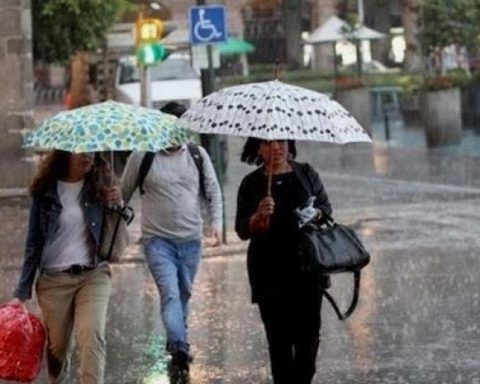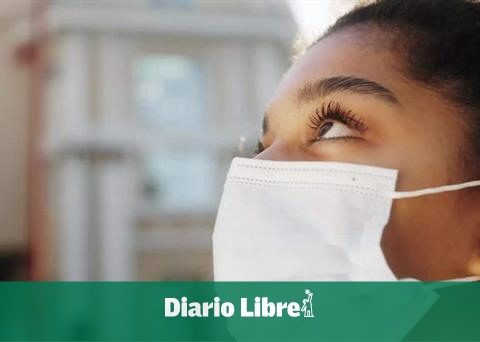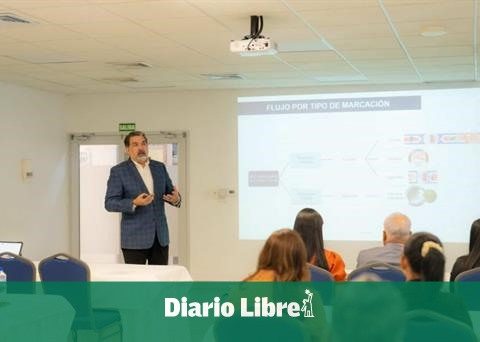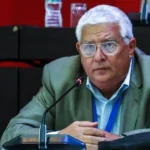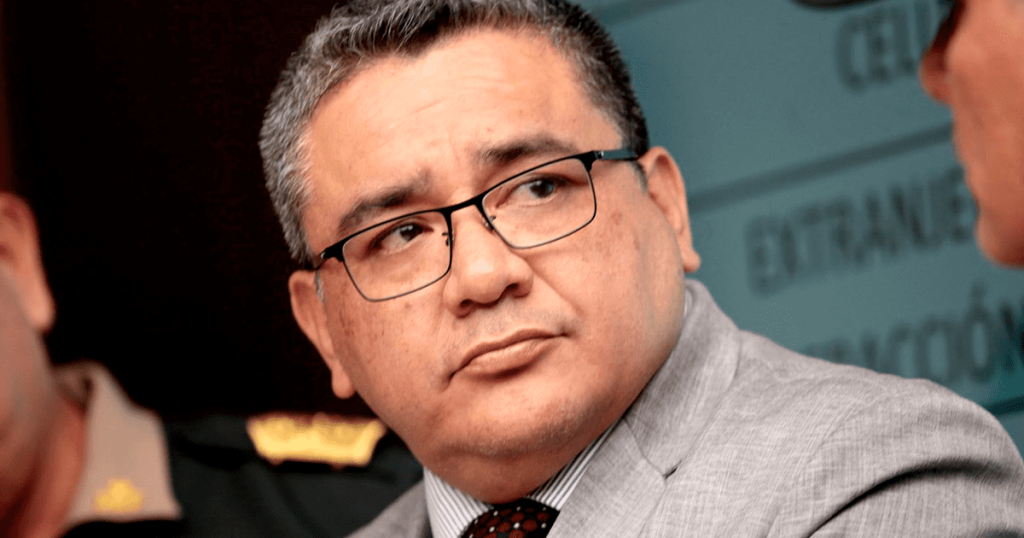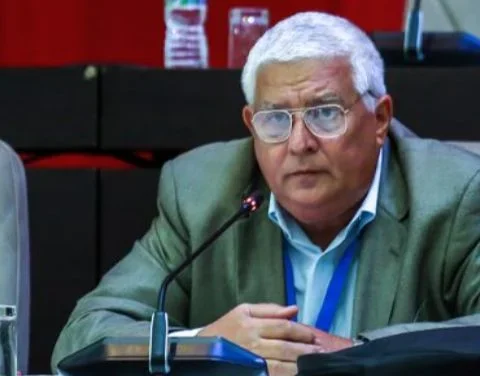The National Health Insurance (SeNaSa) presented a research entitled: “Prevalence of cancer in the population affiliated with SeNaSa”, which showed that of the 7 million 520 thousand 277 people who are affiliated with this insurer, 61,714 have been diagnosed with some type of cancer, from 2020 to April 2024.
In the framework of the 22nd anniversary of SeNaSa, the executive director, Santiago Hazim, made a presentation in which he presented the results of the investigation, saying that 92.72% of the registered cases are concentrated in the two Regimes: the subsidized 51.21% and the contributory 41.51%.
Hazim stressed that 76% of the members with this disease are policyholders, 24% are dependents and; “of the total number of dependents, 50.8% are spouses, 26.9% are children and 22% are parents.”
In this regard, he added that 57% of these patients diagnosed with cancer are female and 43% are male. He also explained that 40.38% of the women who are members usually develop cancer between the ages of 40 and 70, whereas 34.7% of the men who are insured may develop malignant neoplasia after the age of 50.
Cancer is one of the Non-Communicable Diseases (NCD) that has a high impact on human life. It occurs when cells multiply uncontrollably and spread to the surrounding tissues. This disease can occur in any part of the body and attacks regardless of people’s age.
“Cancer is a disease that hurts the person who suffers from it, their family and their pocketbook. Today, cancer takes a rich family to the middle class, a middle class family to poverty and a poor family to almost nothing in life if they don’t have help,” said Hazim when speaking about the work that Senasa does for its members.
According to some projections from the International Agency for Research on Cancer (IARC) of the World Health Organization (WHO), it is estimated that more than 53.5 million people will suffer from cancer in the world. “In our region of the Americas alone, in 2022 it affected 4.2 million people and by the end of 2024, more than 6 million diagnoses are expected,” he said.
Types of cancer among SeNaSa members and their incidence
During his presentation, Santiago Hazim detailed the types of cancer with the highest incidence, explaining that malignant neoplasia in the breast is the most prevalent with 25%, prostate with 22% and the lymphohematopoietic system, which is made up of blood, bone marrow, spleen, thymus, blood vessels and lymph nodes, accounts for 14% of cases.
In this regard, he added that among the other types of cancer that his members suffer from are the cervix with 5.70%, head and neck with 3.40%, foot 3.3%, colon with 2.60%, rectum with 1.50%, lung 1.0%; uterus 0.20%, ovary 9.30%, brain CNS 3.03% and other types of malignant neoplasia with 8.30%. The largest number of cases were registered in Santo Domingo, National District and Monte Plata with 51%.
Given these incidents, Dr. Hazim said, “We do not want to cure anyone, we want to prevent each patient from developing cancer, so we are doing more studies, more research so that no one arrives with a complicated cancer.”
Research Recommendations
The results of the research on the “Prevalence of cancer in the population affiliated with SeNaSa, 2020-2024” recommend that efforts should be redoubled through Primary Care and Primary Care Units (UNAP) both at the public and private levels, to achieve an early diagnosis or detection.
Likewise, design comprehensive proposals for health promotion and prevention taking into account each context. Also, standardize and update monitoring mechanisms, with the UNAPS, audit and evaluation of results in the context of health insurance and risk management, within the Social Security System.
Likewise, reorient the description scheme in Family Health Insurance coverage so that it responds to health conditions and thus favors contracting modalities for services that contemplate the comprehensiveness and continuity of care, articulating the various healthcare scenarios. And finally, open a space for dialogue to discuss costs-benefits based on scientific and technical evidence.

